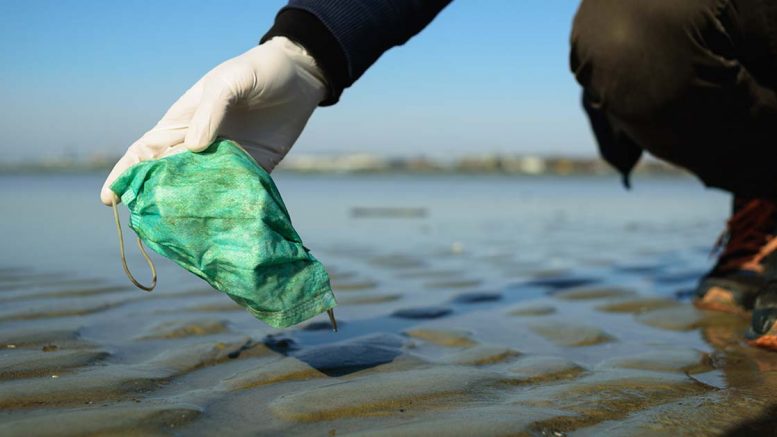We have been living under the scare of the pandemic for the past 15 months. Some countries have vaccinated a greater number of their population and they are now allowed to slowly venture out without masks. Most parts of the world though are still reeling under the health crisis and for now, the mask is the only protection, considering the shortage of vaccines.
Healthcare workers, frontline workers and essential service workers need to be protected as they work in high-risk zones and need to venture out from the safety of their homes. For all those people working at high-risk zones, N95 masks or single-use surgical masks offer the greatest protection to their life.
It is important to remember that those who need the maximum protection should use single-use surgical masks and N95 masks, but it is important that these be disposed in a manner that is friendly to the environment. The recent deadly second wave in many countries have now warranted the use of double masks, that combines the use of a surgical mask and a cloth mask.
What is so problematic about the single-use mask?
- Like all other plastic debris that are designed for single use, masks and latex gloves have found their way to our oceans where they affect the marine life greatly.
- Plastics that are floating can serve as a vector for spreading invasive species, poison, and smother corals.
- Strings on the masks can also entangle marine animals, leading to impaired mobility, infection, limb amputation, starvation, suffocation, and death.
- Floating masks also move underwater very similar to a jellyfish and poses a great threat to turtles that predate on jellyfish
- We now know that microplastics is now found in sea salt and fish meant for human consumption. Plastic that enters the marine world does not disappear but keeps breaking down into smaller microplastics over hundreds of years and are finally consumed by the marine lives.
Every month, the planet uses about 129 billion single-use face masks, which equates to about 3 million marks per minute. Therefore, we know the kind of devastating impact that this can have on the planet and especially for the marine life.
So, what do we do?
- Cutting the straps of the single-use mask greatly benefit in reducing its impact on the marine ecosystem
- Safely disposing masks in a manner that it does not end up in our oceans. This can only be done through the cooperation of people and local corporation and pollution control boards.
- Switching to using environmentally friendly, reusable masks is the best option to help reduce pollution and harm to wildlife.
- We also now have reusable N95 masks that offer better protection, so it is good for you as well as the planet.
- At a policy level, countries need to unite and identify ways on how to effectively tackle and recycle single use masks and latex gloves.
To preserve the marine ecosystem and lives that depend on this ecosystem, it is important that we prevent every piece of plastic from entering our oceans!
The views and opinions published here belong to the author and do not necessarily reflect the views and opinions of the publisher.



Be the first to comment on "Sustainability of Masks"